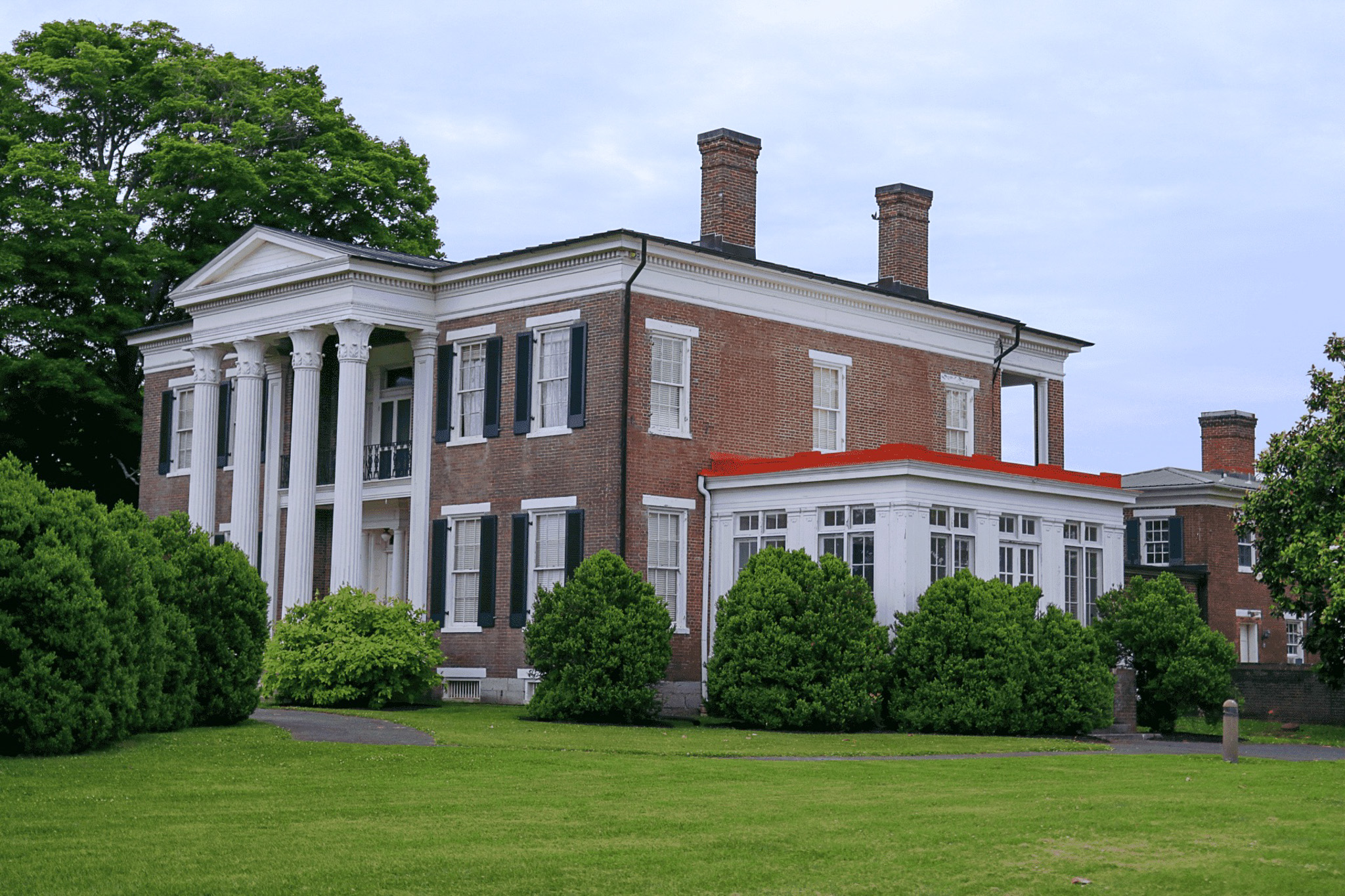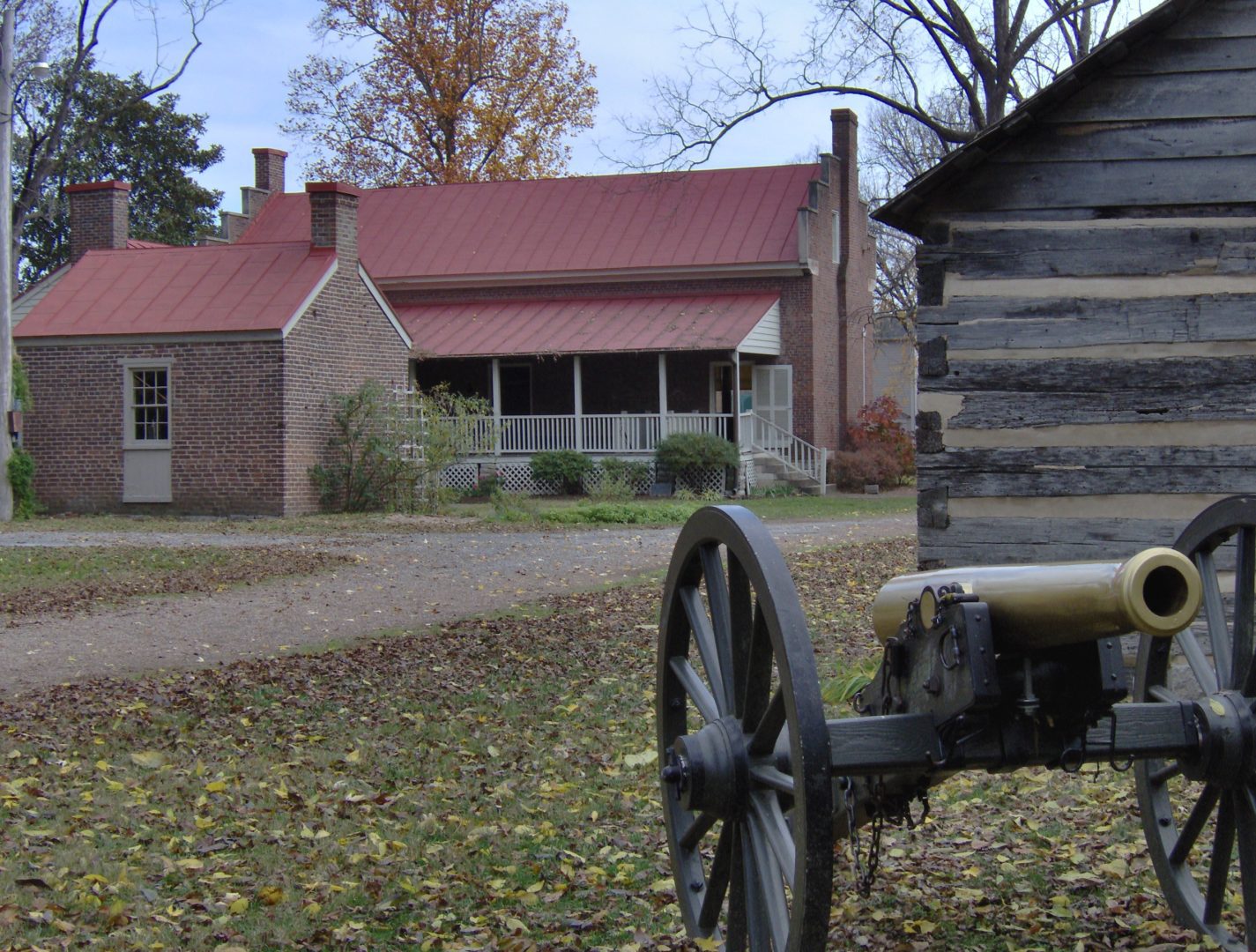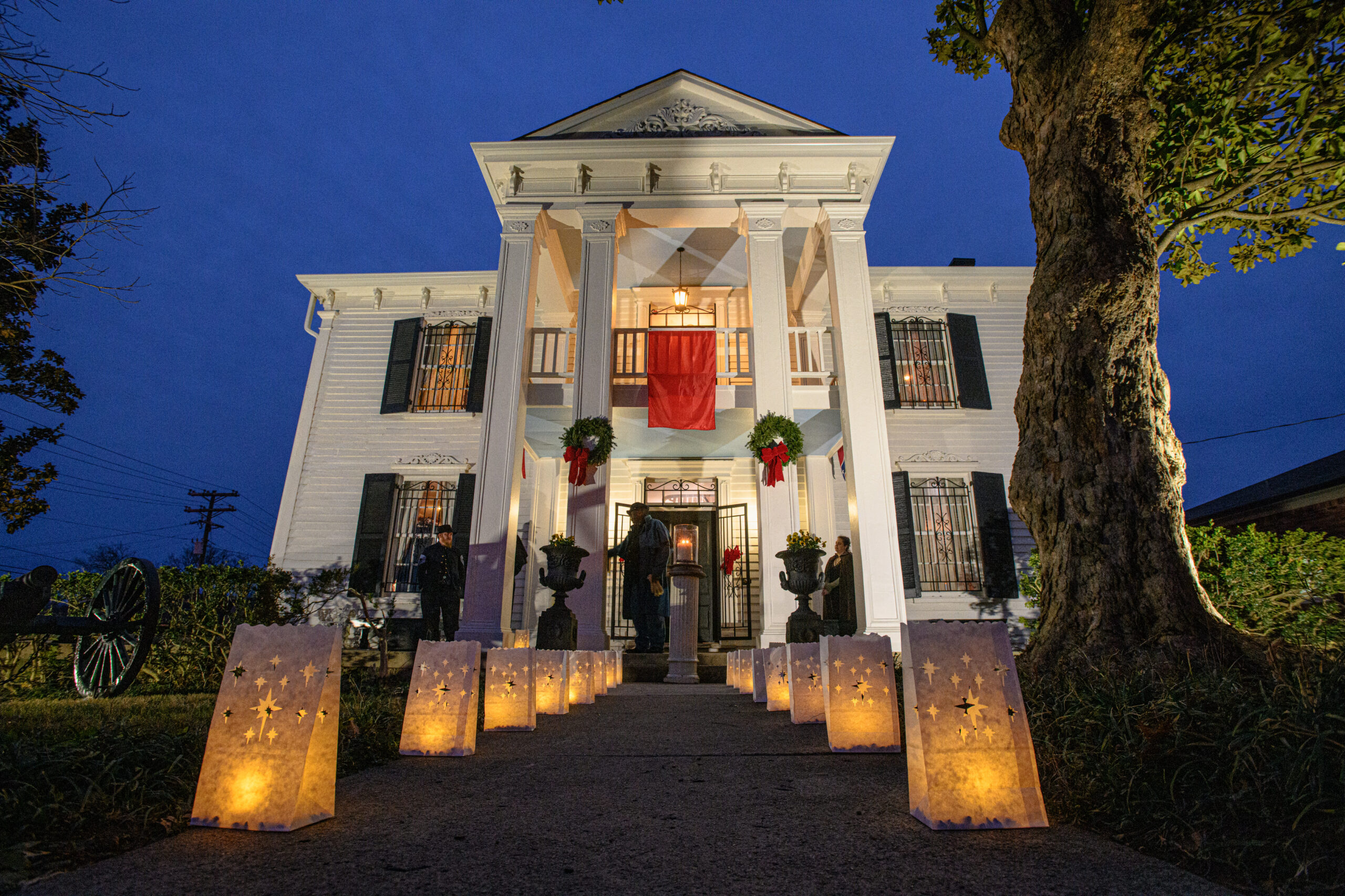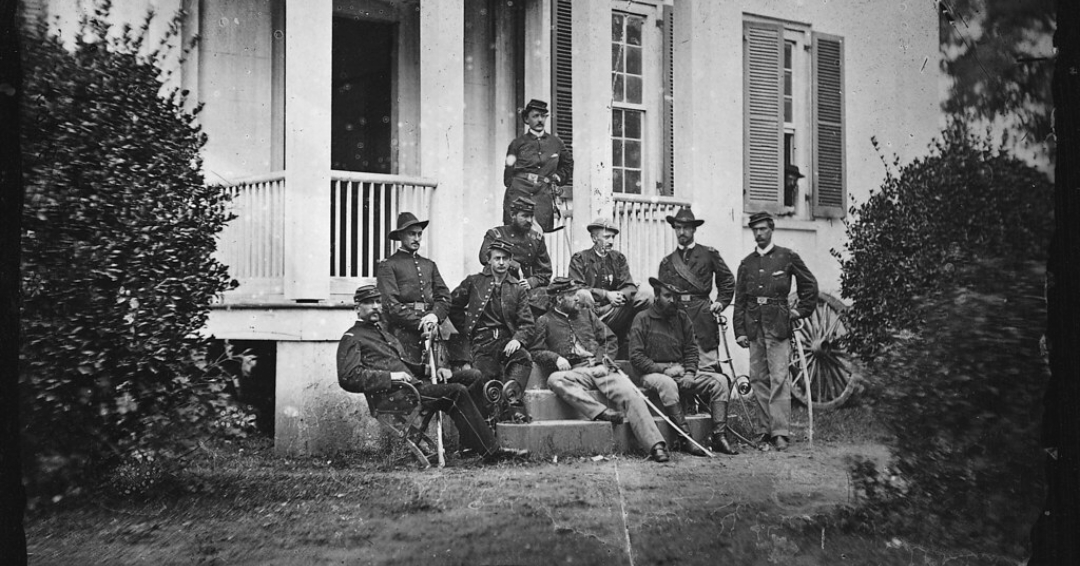Battles of Spring Hill and Franklin Anniversary Events: November 29–30

In the final months of the Civil War, Middle Tennessee became the setting for some of the conflict’s most consequential and costly fighting. By late 1864, Confederate forces under General John Bell Hood were attempting to reclaim Tennessee and push north toward Nashville. Union troops, commanded by Major General John Schofield, were moving steadily toward the city as well, setting up a fast-moving and high-stakes campaign across Maury and Williamson Counties.
Within a span of just twenty-four hours, November 29th and 30th, two major battles unfolded in Spring Hill and Franklin. These engagements determined the direction of the campaign and resulted in devastating losses, particularly at Franklin, where thousands of casualties occurred in a matter of hours. Today, historic homes and preserved landscapes across Spring Hill and Franklin help interpret these events and the families whose lives were forever altered.
This year marks the 161st anniversaries of the Battles of Spring Hill and Franklin, and local historic sites are observing the dates with tours, ceremonies, and educational programs.

The Battle of Spring Hill, November 29, 1864
The Battle of Spring Hill took place during Confederate General John Bell Hood’s efforts to intercept and isolate Union forces moving north toward Nashville in late 1864. Hood hoped to block Major General John Schofield’s army at Spring Hill, preventing the Union column from reaching Franklin and ultimately joining the larger Union force in Nashville.
Throughout the afternoon and evening, scattered fighting broke out across the fields and roads surrounding Spring Hill. Rippa Villa, a mid-19th-century home located just south of the town center, sat at the heart of these movements. Troops from both armies passed by the property on November 29, and its surrounding fields and roadways became part of the maneuvering, miscommunication, and missed opportunities that defined the engagement.
Despite repeated chances for Confederate troops to cut the turnpike, confusion within the command structure allowed Schofield’s army to move past Confederate positions under cover of darkness. This unexpected escape shaped everything that followed. By dawn on November 30th, the Union army had reached Franklin and begun preparing its defensive line.

The Battle of Franklin, November 30, 1864
After the Union army slipped through Spring Hill, Federal troops reached Franklin at daybreak and quickly constructed a fortified defensive line south of town. Determined to regain momentum and force a decisive confrontation, Hood ordered a massive frontal assault late that afternoon. At approximately 4:30 pm, nearly 20,000 Confederate soldiers advanced across open ground toward the Federal works, igniting five hours of fierce, close-range combat.
The fighting swept directly across properties like Carter House, which occupied the very center of the Union position. As the attack unfolded, the Carter family sheltered in their basement while heavy fighting surged through their yard and around their outbuildings. Extensive battle damage remains visible today, offering a vivid connection to the intensity of the engagement.
Directly across the street, the Lotz House stood at the crossroads of the assault. Master carpenter Johann Lotz and his family fled to the Carter House basement for safety as the battle erupted just steps away. When they returned, their home was riddled with damage and soon filled with wounded soldiers. The Lotz House remains one of the clearest surviving examples of battlefield destruction and helps interpret the civilian experience at the heart of the fighting.
As daylight faded and the scale of the casualties became clear, nearby Carnton became one of the largest Confederate field hospitals. Hundreds of wounded were brought into the home, and the upstairs rooms still bear evidence of the surgeons’ work late into the night. The grounds later became the site of the McGavock Confederate Cemetery, the largest privately maintained Confederate cemetery in the United States, established by the McGavock family and the Franklin community in the months that followed.
The Battle of Franklin left thousands dead or wounded and forever altered the lives of local families. Its impact is still felt across the preserved homes, landscapes, and historic sites that continue to tell the story of November 30, 1864.

Battles of Spring Hill and Franklin Anniversary Events 2025
Each year, local historic sites in Spring Hill and Franklin honor the anniversaries of the Battles of Spring Hill and Franklin with special tours, ceremonies, and educational programs. Two organizations anchor these commemorations: the Battle of Franklin Trust, which preserves Rippa Villa, Carter House, and Carnton, and the Lotz House, an independent museum located at the epicenter of the Franklin battlefield.
Battle of Franklin Trust: Rippa Villa, Carter House, and Carnton
The Battle of Franklin Trust is a nonprofit organization dedicated to preserving and interpreting three key sites connected to the 1864 campaign: Rippa Villa in Spring Hill and Carter House, and Carnton in Franklin. Through daily tours, research, educational programs, and battlefield preservation efforts, the Trust works to share the military, medical, and civilian stories of the battles with visitors from around the world.
As part of the 161st anniversary commemorations, the Trust will offer special after-hours tours at each of its sites.
- The Battle of Franklin Trust will offer after-hours abbreviated tours at Rippa Villa in Spring Hill on Friday, November 29, along with regular tours. These programs explore the home’s connection to the troop movements, decisions, and miscommunication that shaped the Battle of Spring Hill.
- In Franklin, both Carter House and Carnton will host after-hours abbreviated tours on Saturday, November 30. Regular tours at both sites will be offered earlier that day. Visitors can learn about the Federal defensive line at Carter House, the Carter family’s experience during the battle, and Carnton’s role as a major Confederate field hospital.
If you cannot make the evening tours, regular tours throughout November include a special takeaway: each guest will receive a card sharing the story of an individual who took part in the November 1864 battles.
Lotz House
The Lotz House Museum is an independent historic site located directly across Columbia Pike from Carter House. Built by master carpenter Johann Albert Lotz, the home stood at the center of the Battle of Franklin. The Lotz family fled across the street for safety as the assault began, and their home later became a temporary field hospital. Today, the site interprets the civilian experience and the immediate impact of combat on Franklin’s residents.
In honor of the 161st anniversary, Lotz House will offer several programs over the two-day commemoration.
- On Friday, November 29, the museum will offer a special recognition of Matilda Lotz’s birthday. Matilda turned six the day before the Battle of Franklin, and the museum will highlight her early life, her experience during the battle, and her later accomplishments as an artist.
- On Saturday, November 30, the Lotz House will offer a morning walking battlefield tour that explores troop movements, key locations surrounding the home, and the Lotz family’s experience as combat swept across Columbia Pike.
- Later on Saturday, November 30, at 4:30 p.m., the exact time the battle began, the museum will host an illumination ceremony on the front lawn to honor the lives lost and the lasting impact of November 30, 1864.

Honoring the Past, Preserving the Story
The anniversaries of the Battles of Spring Hill and Franklin offer an opportunity to reflect on a defining moment in Middle Tennessee’s history. Whether through guided tours, commemorative ceremonies, or quiet moments on preserved landscapes, these programs help connect the past to the present and honor the people whose lives were forever changed in November 1864. By supporting the work of organizations like the Battle of Franklin Trust and the Lotz House Museum, visitors play a part in preserving these stories for future generations.
Explore More Local History and Stories
If you’re interested in exploring more local history, several related articles provide helpful context and places to visit. Visit Franklin’s Treasures: Museums and Historical Points of Interest highlights key sites, including the Carter House, Carnton, Rippa Villa, and the Lotz House. For a closer look at preservation efforts, Battle of Franklin Trust: Preserving Tennessee’s Civil War History digs into how the organization maintains and interprets major Civil War locations. You can also learn more about Williamson County’s broader story through The Moore-Morris History & Culture Center: A Window to Williamson County’s Past.


